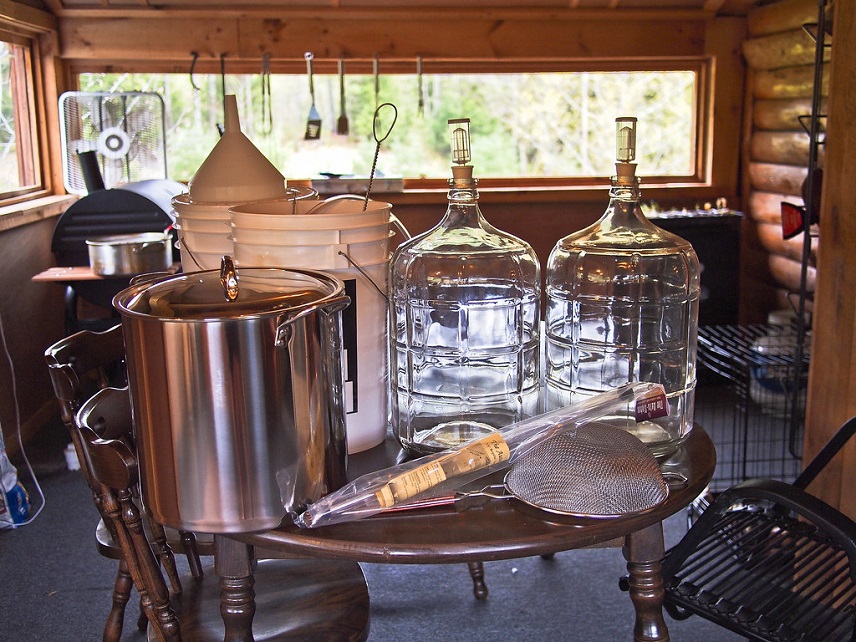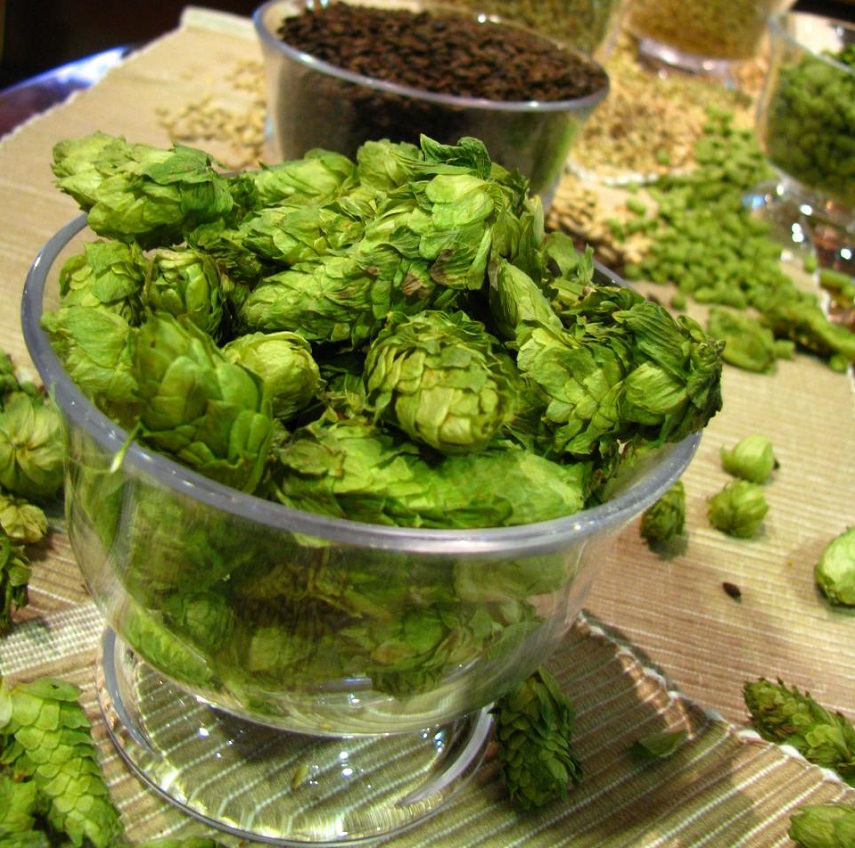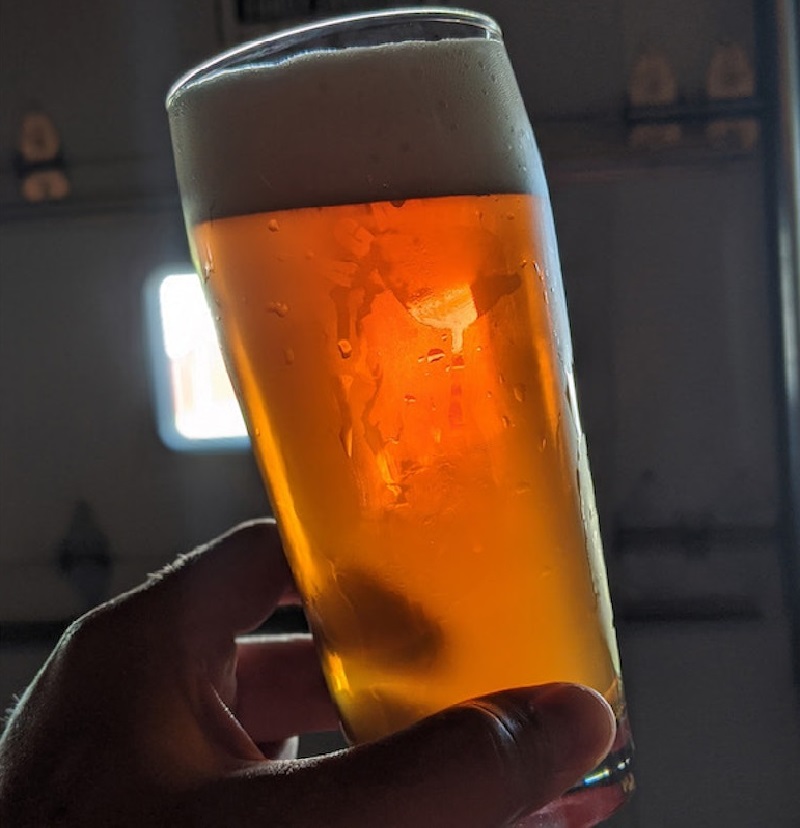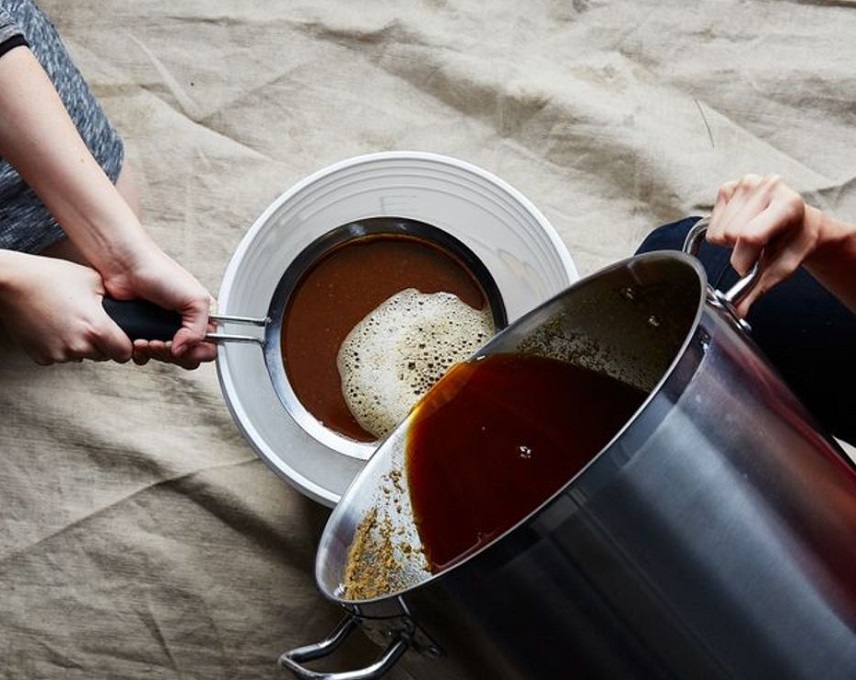Did you know that beer is the third most consumed drink in the world? it comes right behind water and tea. it’s also one of the oldest alcohols dating back to 5,000 BC. The brewing process was not the same as today but the result was very similar. People love it because it makes them feel good, and most importantly, it tastes good.
A lot of Australians even started to brew their own beer at home (especially during the Covid 19 pandemic). It’s not a complicated process, it just takes some time and dedication. And if you have Cenosillicaphobia (the fear of an empty beer glass) you should get yourself some home brew supplies and give it a try.

The Ingredients You Need
Every drink requires some ingredients that make it special, just like tequila needs agave, wine needs grape and sake needs rice. That’s why beer needs its grains and hops to transform into one of the most wonderful drinks with rich flavour and beautiful colours.
Malt Extract
Malt extract is produced by extracting sugar from malted grain. This is one of the essential beer brewing supplies to get you started. Manufacturers use advanced machinery that evaporates most of the water in the malted grain. They do it with vacuum and cause the low air pressure inside the chamber. This makes the liquid boil at a low temperature and doesn’t damage the product.
It’s basically sweet wort that’s either powdered or reduced to a syrup. This means there are 2 types of malt extract, dry (DME) and liquid (LME). The dry one comes in the form of a dry powder and the second one is thick and has the structure and consistency of a syrup. Both of these types have different sugar contents so don’t replace the same amount of liquid and dry extract between recipes.
The syrupy extract has 20% more water and the remaining 80% are sugar. The dry extract has almost no water. The main visible difference between the several types of the extract is their colour. Manufacturers do this by changing the mashing method, temperature or the type of barley in the process. Pilsen goes in pilsners and some other light-coloured beers. Lagers and other light beers are made with a light gold-coloured malt. And amber is used in stouts and porters because of its dark colour.
Hops
The Humulus Lupulus flower is responsible for the hops we get, specifically its female flowers. Brewers prefer them because they have an important component called alpha acid. This acid controls the level of bitterness in the beer, meaning if the acidity is higher the bitterness will be higher as well.
When you’re doing it at home, you should brew the hops at least for an hour so they can release the bitterness because the acid takes time to break down in the water. Don’t expect to get the same result with each brew at home. This is because the degree of acidity will vary from year to year. You could reproduce the same outcome if you write down the recipes and measure the ingredients correctly.

Grains
Before going out and buying the grains, make sure you do some research about where they come from. It’s recommended that you buy them as fresh as possible because the aroma you get is pleasant and strong. You can also add some malt extract to them and get a variety of colours and new flavours. Buy them as grains and grind them on your own. If you don’t have the equipment, ask a local mill to do it. Make sure you use them as soon as possible because they might lose their aroma and freshness after a while. As grains, they can last up to 4 months.
Yeast
People that started making beer back in 5,000 BC didn’t use yeast in their beer brewing supplies. They didn’t realise how important it was. But nowadays, this is a must. This single-cell fungus feeds off of the sugar in the malt and produces CO2 and alcohol. It’s basically the activator of the whole beer-making process. You can buy it in 2 forms, liquid and dry. Brewers of the past avoided dry yeast because they thought it didn’t do the job right. But now there are dry yeasts for many different types of beers.
Water
Since almost 90% of beer is water, using a high-quality one is very important. Make sure it has no odour, no colour and no taste whatsoever. Use clean, not too-hard water with moderate levels of pH. Experienced home brewers change and adjust these parameters for their needs. And some of them even use regular tap water in the recipes. But if you’re a beginner, stick to bottled, high-quality H2O.

How to Brew Beer at Home?
Looking at all of that brewing equipment you might get intimidated because it looks like a big science project. But’s actually a simple process. There are so many recipes you can explore and learn from, Belgian, German, pale ales, stouts, lagers and more. Before placing any of the ingredients inside, you need to sterilise the equipment as best as you can. This is important because no external factors should interfere with the home brew supplies.
Proceed by combining the grains and water to boil them together. When they reach a boiling point, add the malt extract to the mixture. The result you get is called the wart. As soon as you remove it from the fire, cool down the wart as fast as possible. The next step is fermentation after you sanitise the rest of the equipment of course.
Pour the wort into the fermentation vessel and add water because the yeast needs oxygen to activate. This usually takes around 2 weeks. Do not touch or disturb the vessel at any time. When the process is over, the final step is bottling. Pour your beer into bottles, cap them down, get them into the fridge and enjoy the final product with some snacks and good meals.
Beer Types You Can Make
- Pale Ale – low alcohol content, light flavours, golden colour;
- Pilsner – bitter and dry taste, low alcohol content, golden colour;
- IPAs – citrusy or herbal, golden or amber colour, high alcohol content;
- Porter – chocolaty sweet notes, dark colour, crisp taste;
- Brown Ale – amber to brown colour, different flavours, best with BBQ and cheese;
- Wheat Beer – tangy flavour, smooth texture, best with salads;
- Sour Ale – sour flavour, light colour, fruity and sweet tones.
